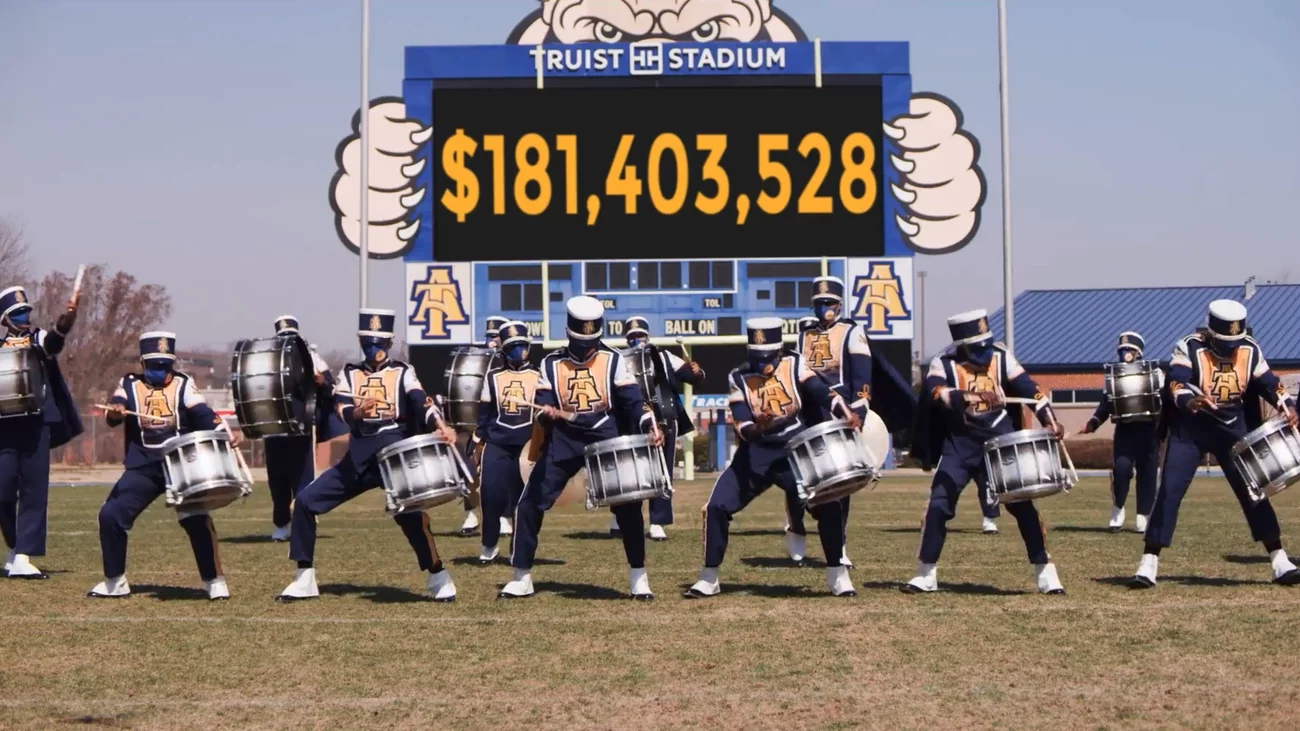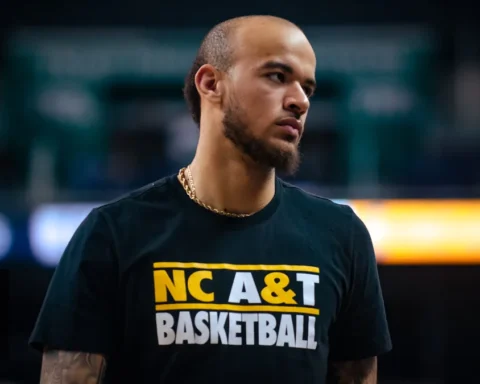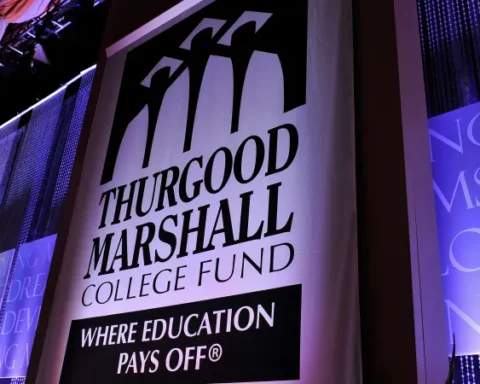By Liz Schlemmer
The nation’s largest HBCU is having a blockbuster year for fundraising. North Carolina A&T State University in Greensboro has raised $88 million since its fiscal year began last summer. That’s almost six times what the university typically fundraises annually — and the fiscal year isn’t even over yet.
“There has not been a year like that ever in our history,” says Todd Simmons, N.C. A&T’s associate vice chancellor for university relations. “Nor has there been a year like that in the history of nearly any other public HBCU in America.”
Other HBCUs have also seen stellar fundraising this year. The Thurgood Marshall College Fund, which advocates for public and private funding for public HBCUs, has reported hefty donations to many of the universities it represents.
“It was a record-breaking year,” says Thurgood Marshall College Fund President Harry L. Williams. “We have never, ever seen anything like this for HBCUs.”
George Floyd inspired donations
Williams says donations started to pick up last summer, from both private donors and large corporations.
“With the social unrest with George Floyd, we have seen an uptick in the amount of support for our HBCUs in this country, and one of the major supporters has been MacKenzie Scott.”
Scott, an author and philanthropist, is the ex-wife of Amazon founder Jeff Bezos and an Amazon stockholder herself. She became the wealthiest woman in the world in 2020, as Amazon stock soared during the pandemic. That same year, she donated more than half a billion dollars to more than a dozen HBCUs, including Howard University, Prairie View A&M University and N.C. A&T.
Simmons says Scott’s $45 million gift to N.C. A&T came with no strings attached, which offered a rare opportunity for university leaders to spend the money as they see fit, rather than abiding by the whims of a donor.
“[Scott’s] message to us was that ‘I’ve watched A&T. I’ve watched its development. I’ve done my research, and I have full faith in the leadership of the university to use this money to its very best effect.’ ”
The school has also received significant donations from corporations and alumni.
While some HBCUs have seen enrollment fall in recent years, N.C. A&T has steadily grown its student population. In 2014, it became the largest HBCU in the country, a distinction it has held ever since. Simmons says the school boasts more Black engineering graduates than any other university — HBCU or not — in the United States.
Investing in the future of HBCUs
HBCUs tend to have smaller endowments than other institutions. And according to Williams, some HBCUs have decided to put recent major gifts directly into those endowments, in hopes of growing their school’s wealth. A university can then tap into interest earned from their endowment to support scholarships, fund faculty positions and advance its research portfolio.
“Our institutions just do not have those robust endowments that we can lean on when we go through difficult times just like we just went through,” Williams explains. “So therefore by investing in the endowment … that is going to help with the sustainability of our institutions.”
In addition to a boom in private giving, HBCUs have also received federal aid through multiple COVID-19 relief packages passed by Congress.
The most recent aid package, the American Rescue Plan, set aside nearly $3 billion for HBCUs, tribal colleges and universities, and other minority-serving institutions — that’s on top of their share of almost $40 billion in higher education relief. President Biden’s American Families Plan, unveiled earlier this week, includes another $46 billion for these schools, though that proposal has yet to make it through Congress.
University of North Carolina System officials estimate N.C. A&T will receive more than $200 million in total COVID-19 federal aid, more than any other public university in the state. That amounts to more than $16,000 per N.C. A&T student.
Williams, with the Thurgood Marshall College Fund, says his hope is that all this money will help raise awareness of HBCUs as a means to invest in Black communities. His next concern is how to sustain this fundraising boom.
“We don’t want it to be a one hit wonder,” he says. “We don’t want it to be just ‘Hey, this was one of those outlier years and you’ll never see this again.’ We’re working very hard to keep this as part of the dialogue.”





